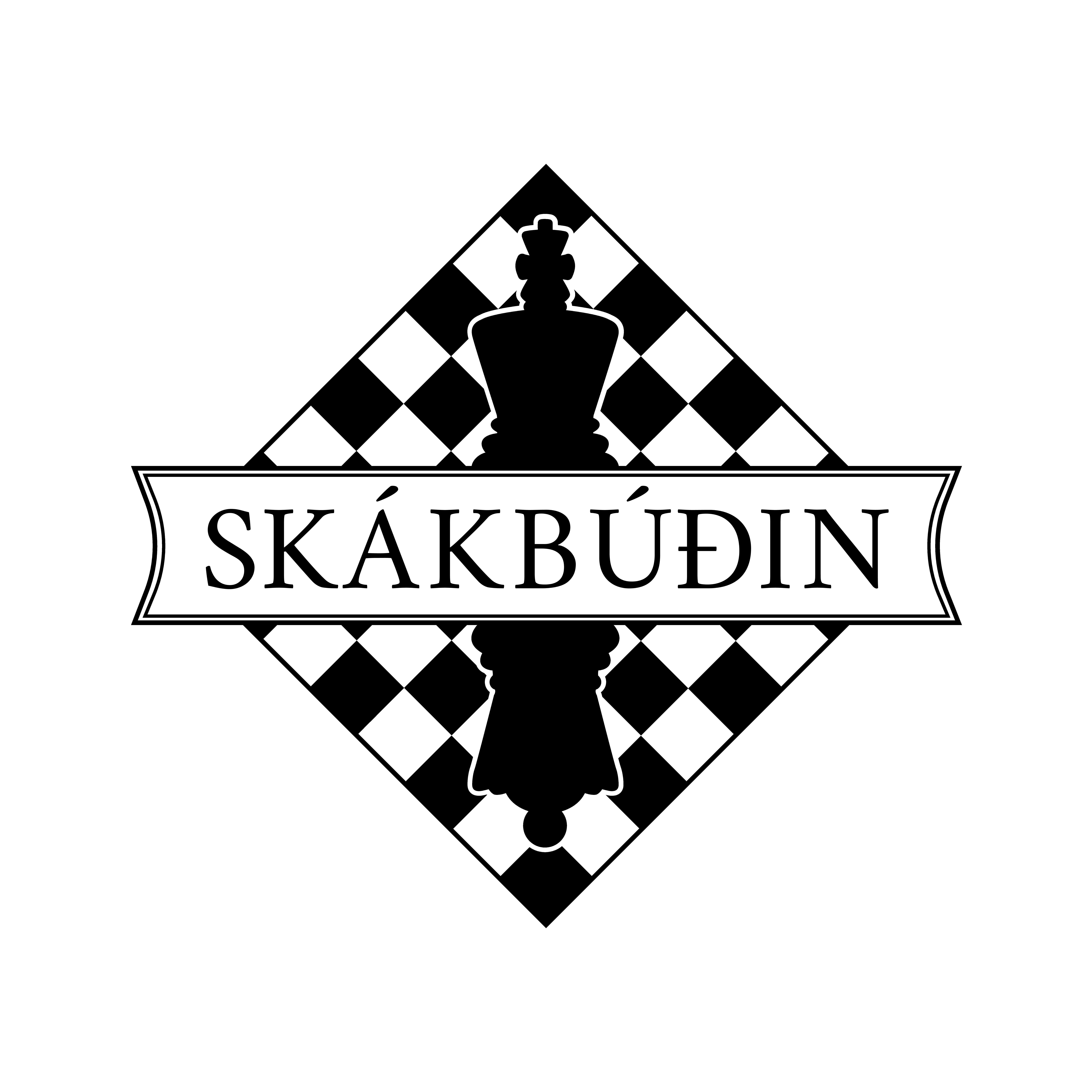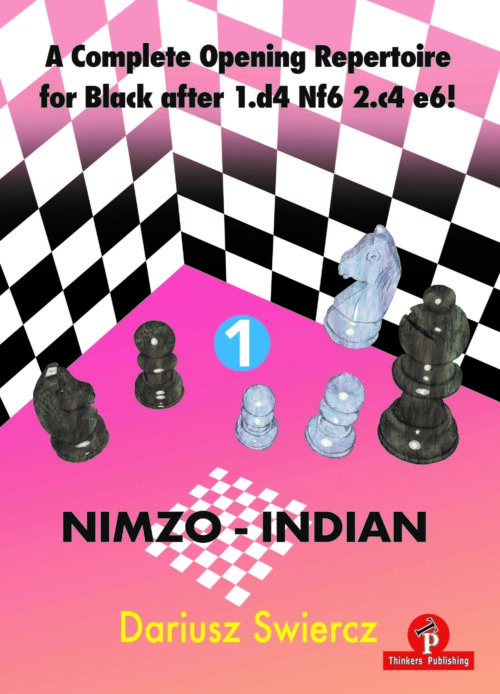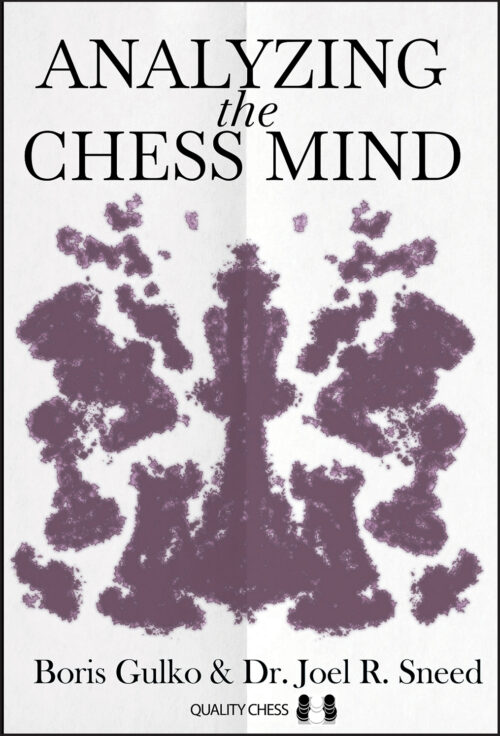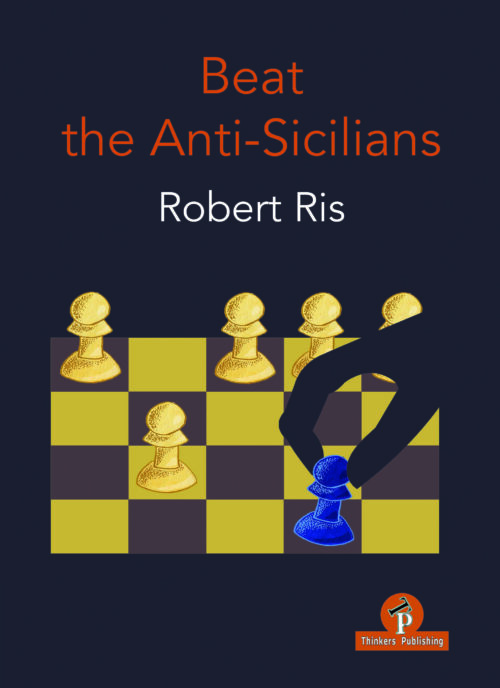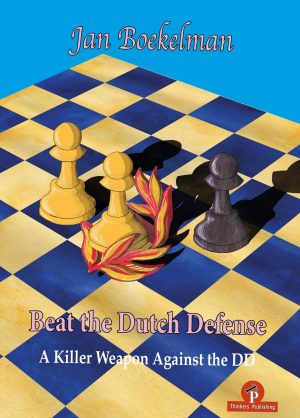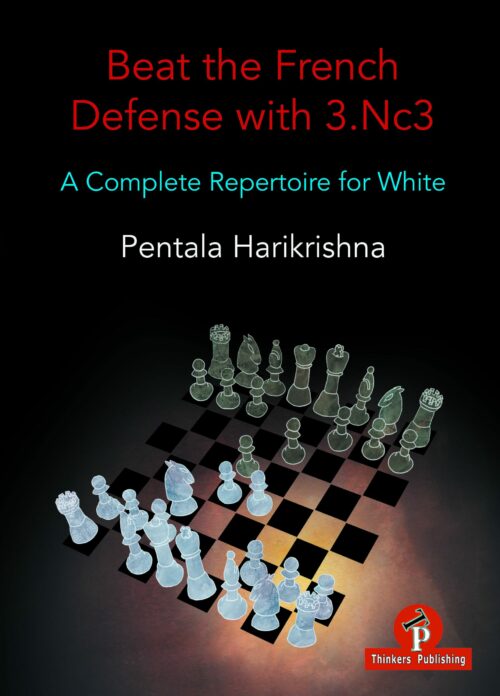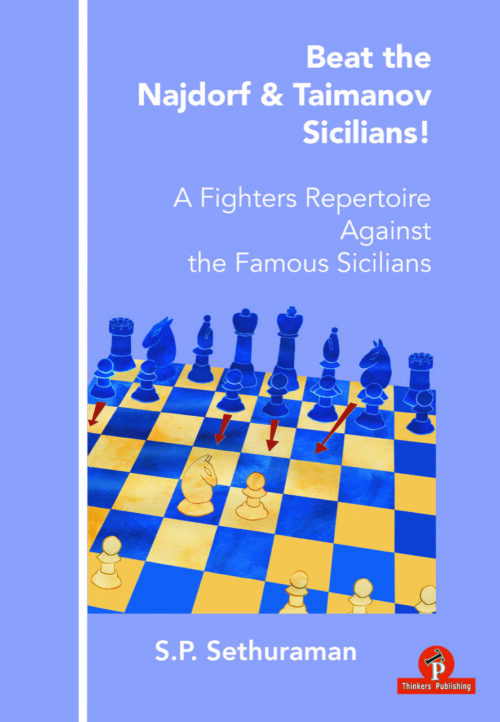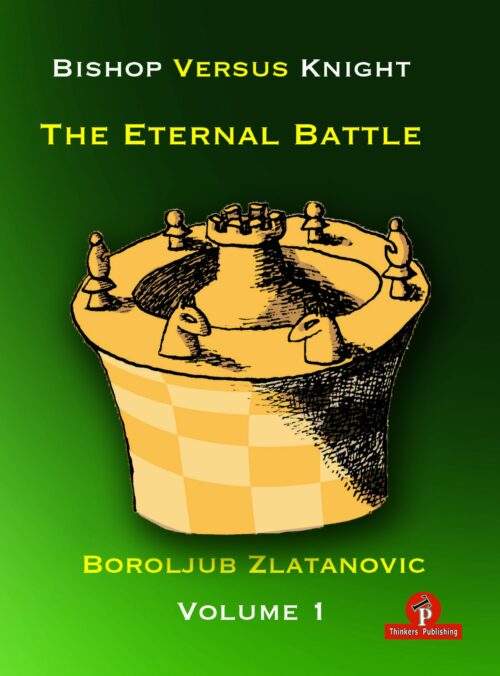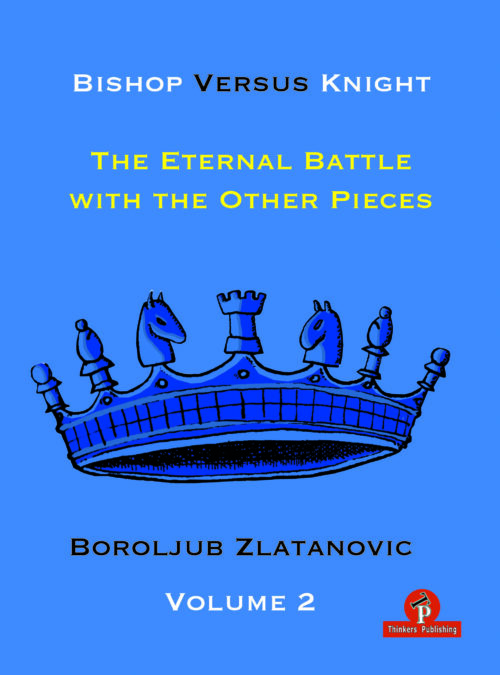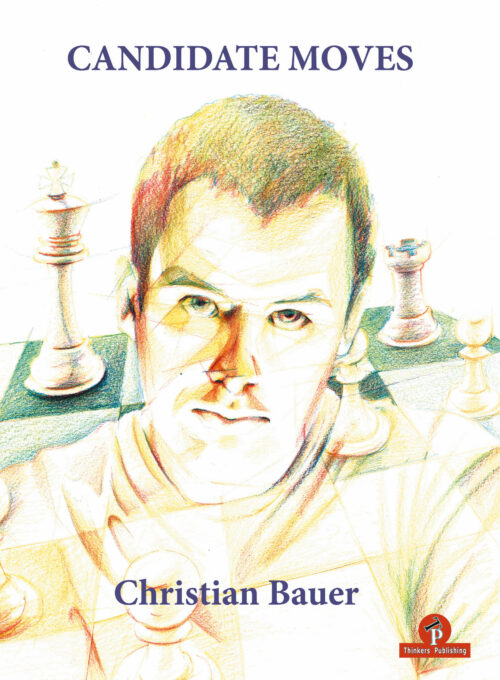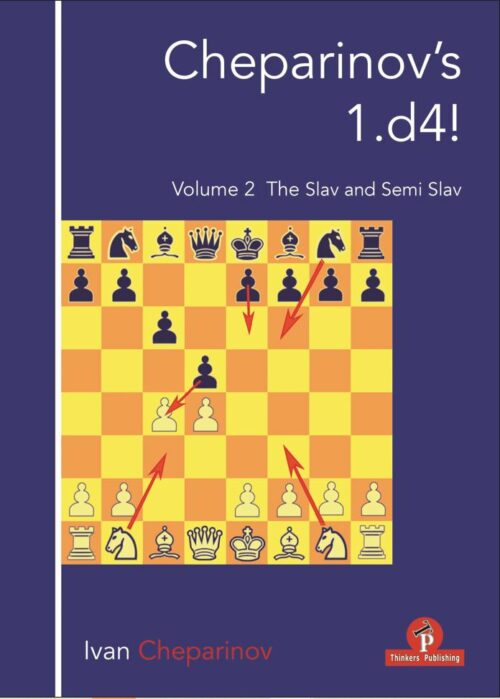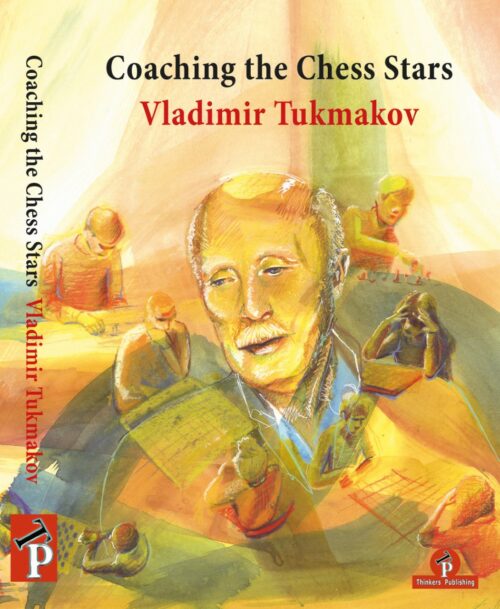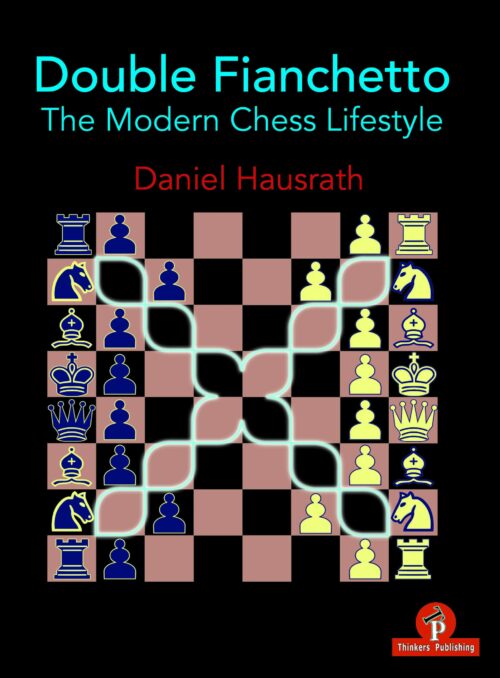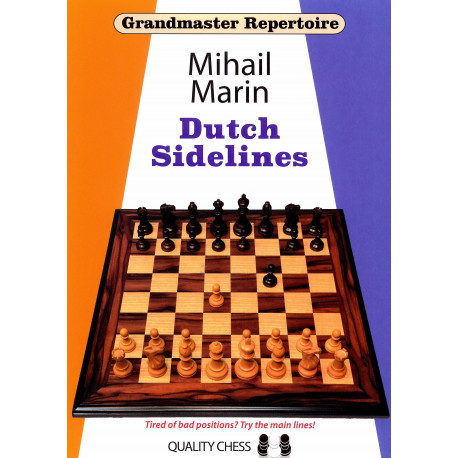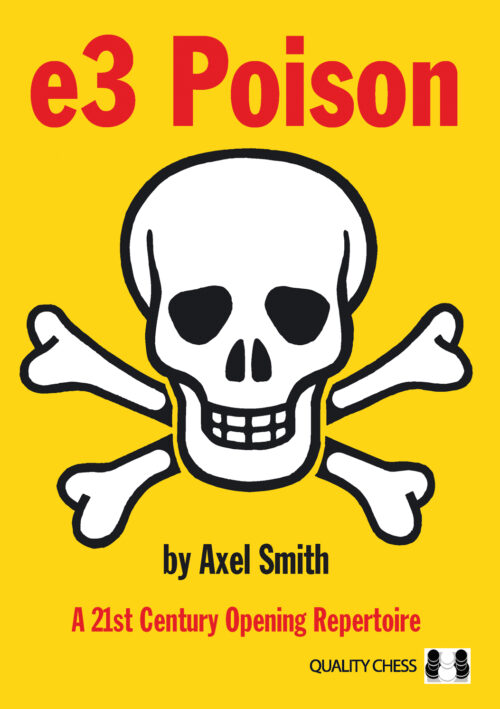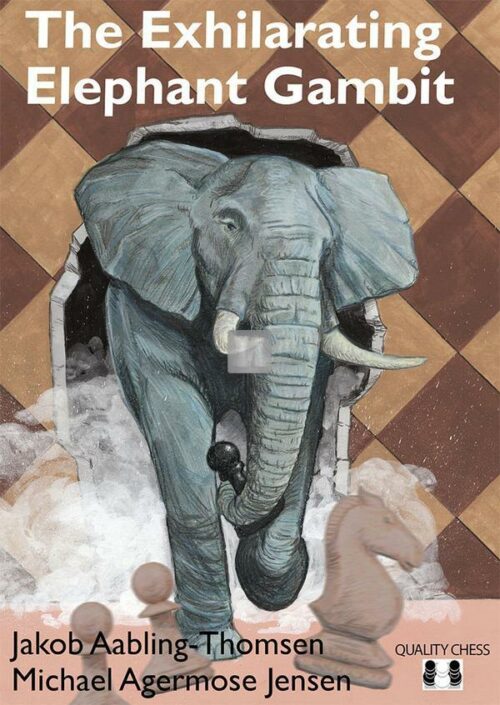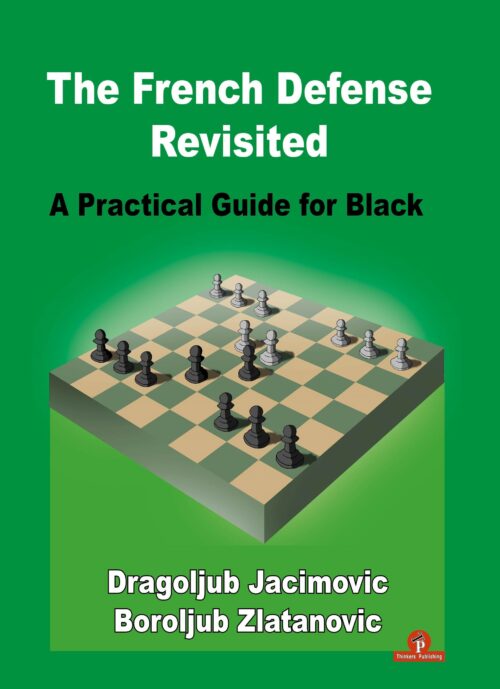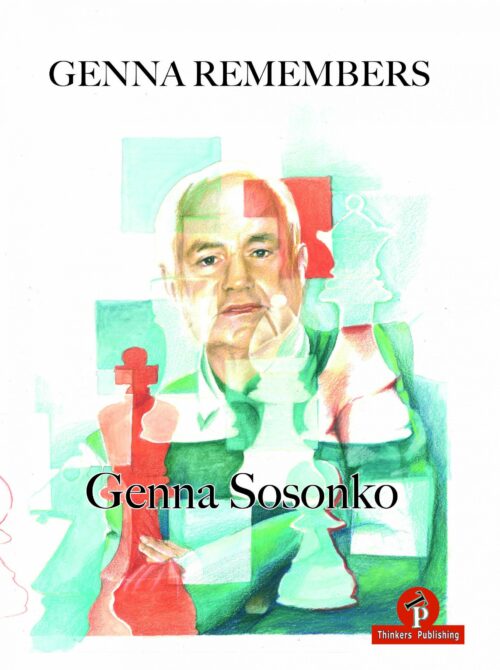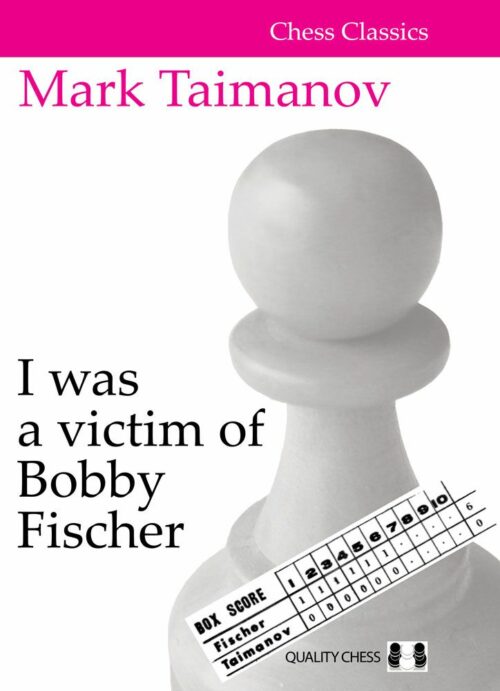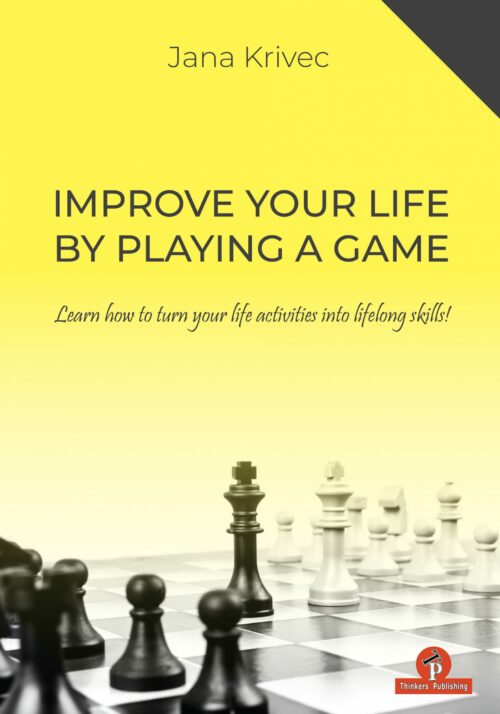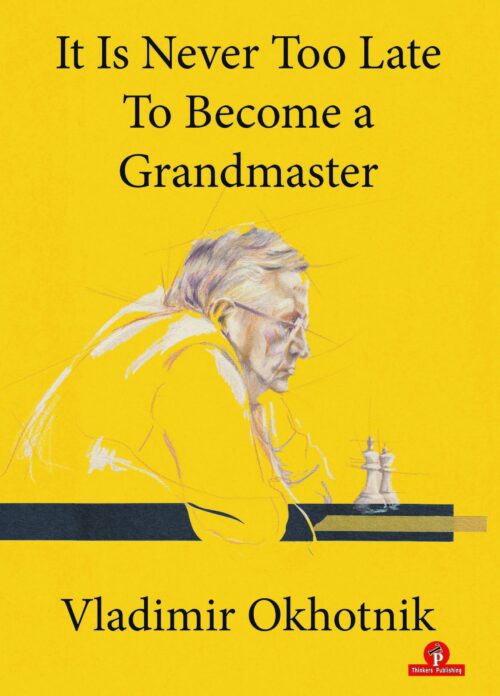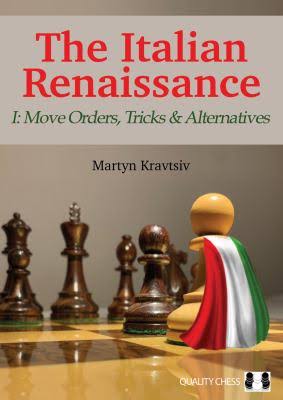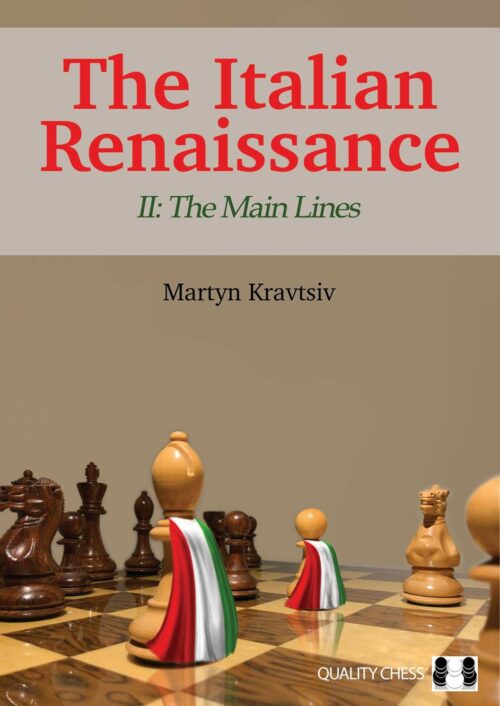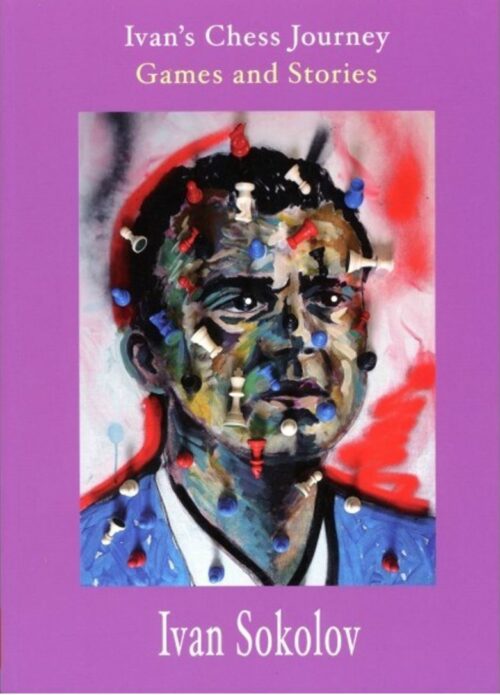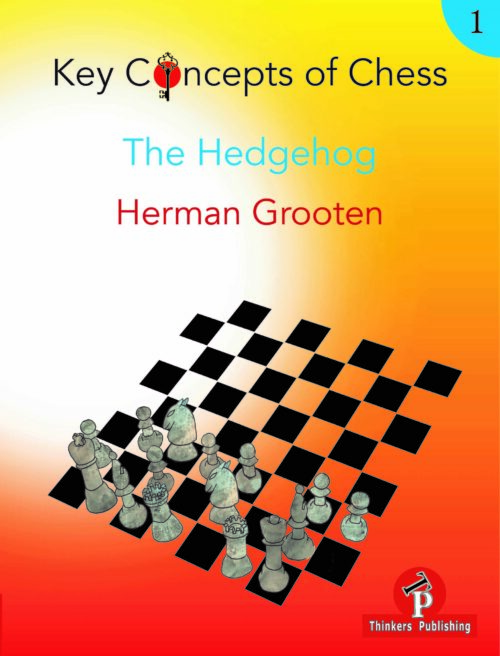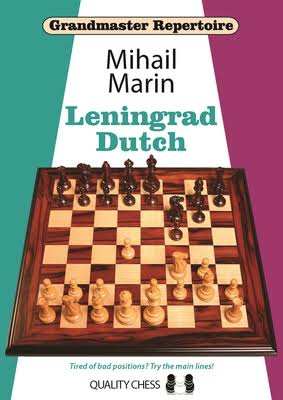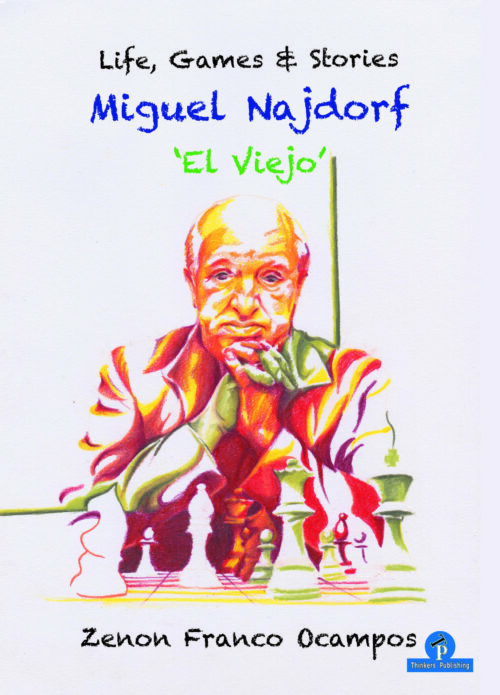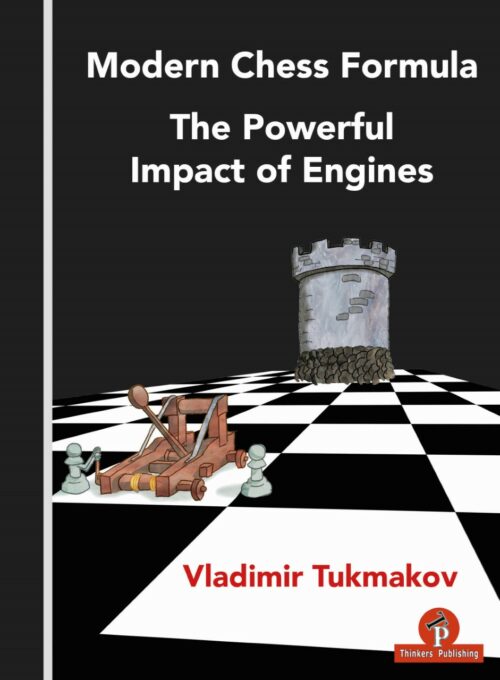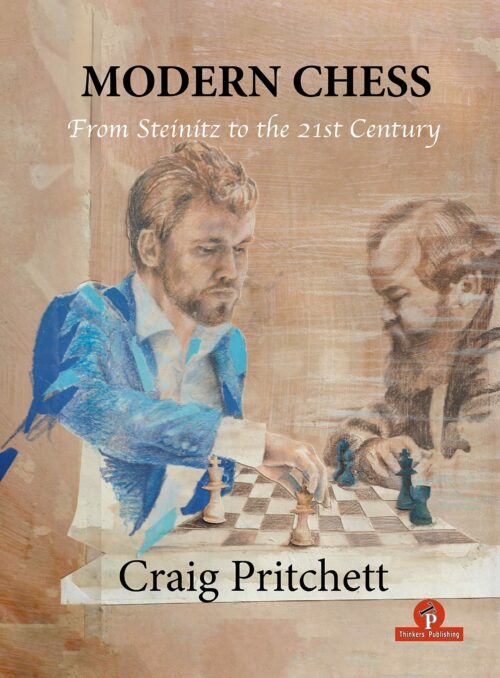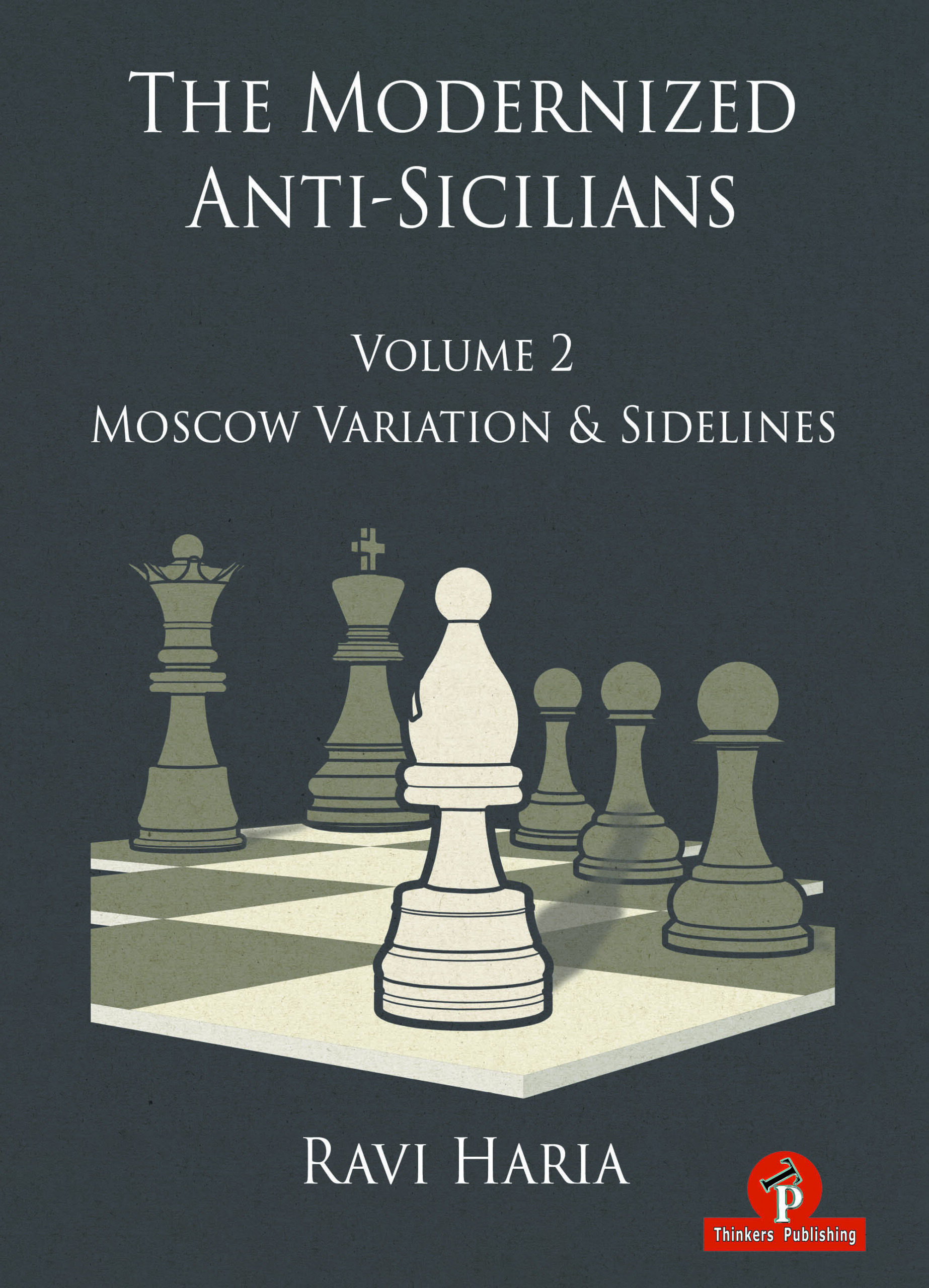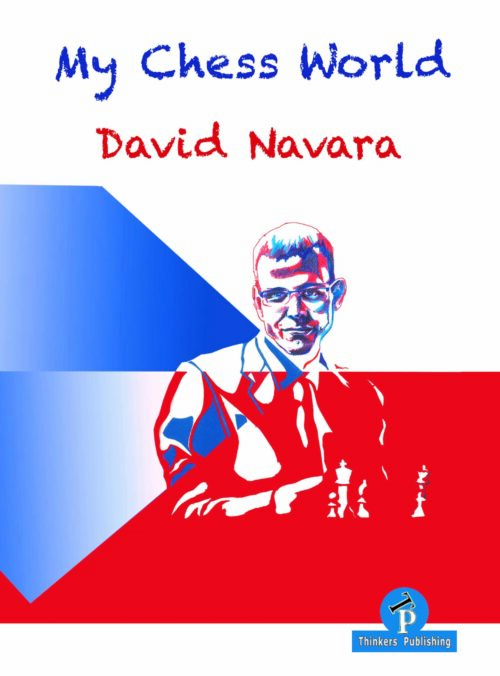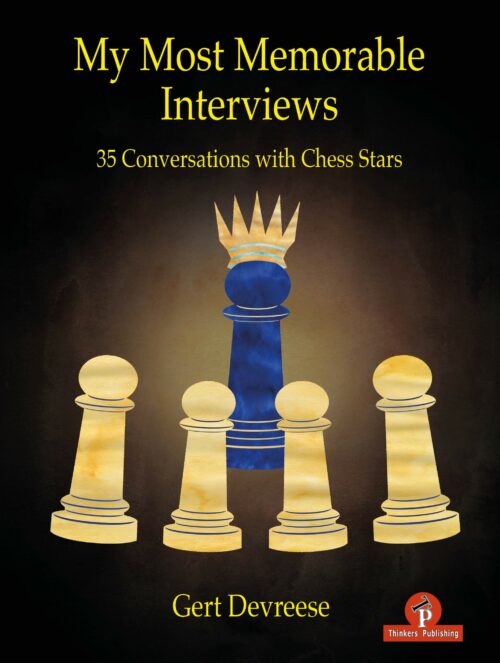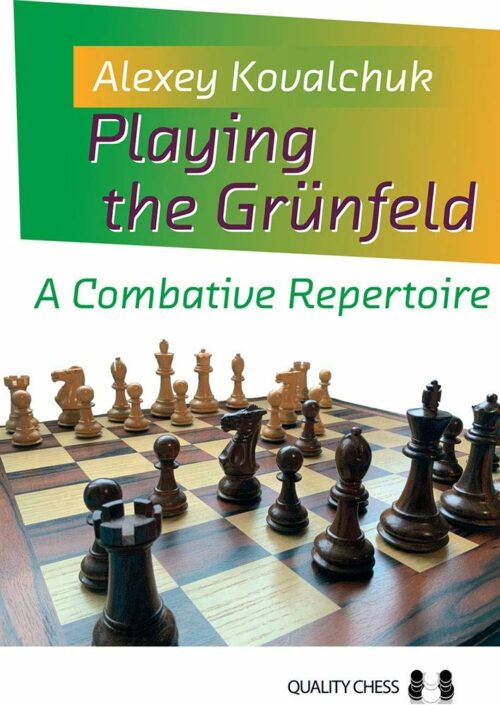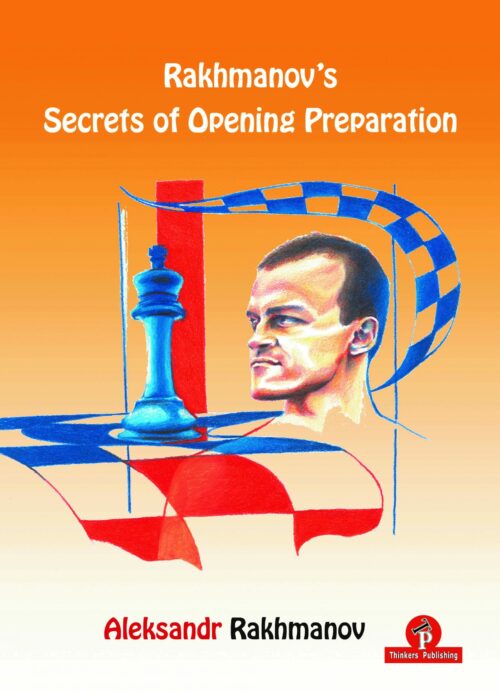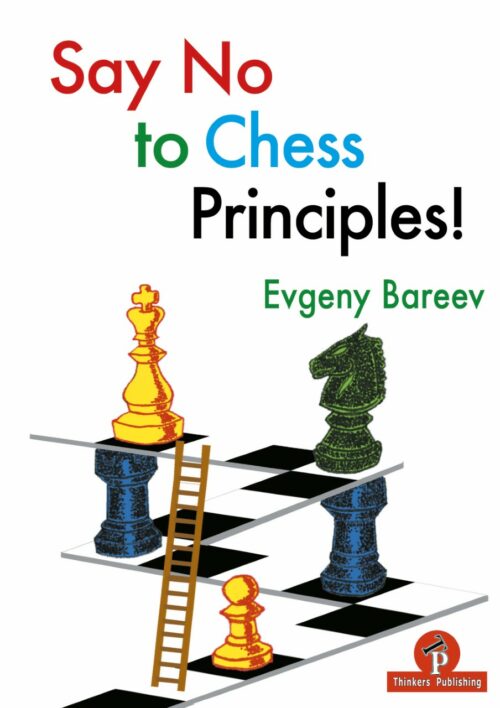-
When I decided to write The Modernized Sveshnikov (June 2020) I knew that I was basically committing myself to covering the Anti–Sicilians in a separate book as well. After all, what’s a book on the Sveshnikov alone worth when your opponents decide to avoid the Open Sicilian? Especially since the Sveshnikov is nowadays considered to be one of the most reliable options for Black in the Sicilian, White players have been investigating new territories within the Anti–Sicilians. The book you are holding in your hands, Beat the Anti–Sicilians, aims to provide a complete Black repertoire against all the critical sidelines after 1.e4 c5. The biggest part of the book covers the Rossolimo and Alapin, but also the popular lines at club player’s level like the Grand Prix Attack and the Morra Gambit, and other alternatives on White’s 2nd move are also worked out in detail.
-
The Staunton Gambit is a very rewarding opening. White’s piece development follows the classical principles of gambit play. White is ahead in development and obtains a fine initiative. Even without the theoretical knowledge of certain variations, White should be able to find his way. Best of all, White determines the direction of the game already on move two, without the risk of having to play the maneuvering games we know from the Leningrad Dutch, the Stonewall Dutch or the Classical Dutch.
-
Nýtt inn! Bishop or knight? An eternal dilemma! The legendary Bobby Fischer would likely vote for the bishop. Other authorities like Nimzowitsch would prefer the knight. The truth is somewhere in the middle. Of course, it is clear a bishop usually dominates in open positions while the knight should be preferred in blocked positions. But what does that “usually” mean? Are there exceptions? Sure, a bishop can dominate even in a blocked position if the controlled diagonal is important. Further, the knight can dominate in open positions if there is a good outpost or influential place for it.
-
In his new endgame series, Boroljub Zlatanovic shows a profound understanding of the most common material imbalance in chess: that of the bishop against the knight. The didactic concept of the book is admirable as well as the detailed explanations of the typical characteristics of this endgame. Despite the importance of this subject, it has received very little detailed coverage in chess literature and this encyclopedic work will definitely fill this gap and offer a lot of useful tips for practical play. ~ Alexander Delchev
-
I found the idea to switch sides. By this, I mean to look at games from White’s perspective and then from Black’s. A rather interesting concept, as things often appear quite different, depending on the viewpoint. If one searches for videos showing a joint analysis of elite players, one may often see them completely disagree on certain positions, both of them claiming he stood, or would have stood, better here or there.
-
The Slav encompasses a wide but solid body of theory. Black has plenty of options and finding advantages and practical chances was not easy at all. In any case. From amateurs to very strong players, I believe that every chess player will appreciate this book.
-
How does one achieve the unique ‘sound’ and distinct technique that are absolutely necessary to become successful at the highest level? It can only be done via a deep understanding of the chess player’s personality and the unique talent that distinguishes him from other soloists. It is here that the role of a coach is of the utmost importance. First, it is necessary to understand the nature of your student’s chess talent, and second, it is important to identify the player’s character and personality traits. His style ought to be harmonious, so that the essence of the human being matches the characteristics of his chess talent. Since it is the same emotionless computer that is now in charge of the purely chess component, it falls upon the coach to deal with the chess player’s personality, mysterious and unknowable as it might be.
-
The French Defense looks to be inexhaustible and there cannot be enough books dedicated to it. This book takes a step in the direction of revitalizing our favorite opening! The authors have decided to set the book in order from the less to the more popular and complex lines.In the case of the most popular moves 3. e5, Nd2 and 3. Nc3, we decided to offer two options for Black – one aims to lead to calm play, taking care first with finding balance and equalizing. Needless to say, we wish to arm the reader in all scenarios that can arise in a game of chess, depending on their intentions, wishes, preparation, motivation level, standings et
-
Nýr titill! Harðspjaldabók Half a century ago I left a country whose red color dominated a large portion of the world map. One way or another, the fate of almost every single person described in this book is forever linked with that now non-existent empire. Many of them ended up beyond its borders too. Cultures and traditions, and certainly not least of all a Soviet mentality, couldn’t have just left them without a trace. Having been transplanted into a different environment, they had to play the role of themselves, apart from certain corrections with regard to the tastes and customs of a new society. Nevertheless, every one of them, both those who left the Soviet Union and those who stayed behind, were forever linked by one common united phenomenon: they all belonged to the Soviet school of chess.
-
“Chess is not for the faint of heart,” Steinitz once said. I agree 100%! Chess players do not need pumped up muscles, they need a stable neuropsychic organization. How else can you resist the constant pressure that every nerve cell of the player experiences? I don’t always like this constant struggle with the stress that hangs over you, especially when you are wrong in a winning position. And in recent years, another “problem” has been added – incredibly powerful computer engines that younger opponents skillfully use in preparation for the game. But when you win a beautiful game or use a theoretical novelty invented at home (albeit with the help of a computer), or defend a difficult hopeless position, how great it is! And at such moments you don’t think what chess is – it is science, art or sport. At times like these, they are just part of your life.” ~ Vladimir Okhotnic
-
Ivan Sokolov was one of the most furious attacking and creative players of his time. The author presents an overview of is his Life in Chess, full of entertaining unpublished material. He is not shy to share his opinions and promises the reader a personal roller coaster loaded with fun stories and unexpected twists. We are convinced you will enjoy the ride!
-
Nýr titill! Concept bækurnar hans Grootens eru virkilega góðar og lærdómsríkar.
-
This book is dedicated to chess, though I must confess it is not that same chess with which I immediately and eternally fell in love many, many years ago. There were plenty of wonderful moments, and no shortage of horrible disappointments associated with that version of the game in which I certainly considered myself a true professional. The realities of chess life during the second half of the twentieth century are diffi cult for today’s young people to imagine or understand: Tournaments lasting 30,40 days with adjourned games being completed on specific days allotted for such adjournments. Unbelievable time trouble given that back then only the unrestrained dreamer David Bronstein even thought about incremental time to be added after each move. Mountains of cigarette butts in ashtrays — a fixed attribute of the chess battles and battlefields in those severest of days. Finally, suitcases filled to the very brim with Yugoslav Chess Informants and handmade card indexes.
-
‘I as though traced the evolution of chess thought and repeated its basic steps in my own development … convinced that any player with high ambition should follow such a path’ ~ Vassily Smyslov, 125 Selected Games (1983) This book takes the reader on a journey from early 19th century developments in the game up to the present-day. It takes in the revolutionary Wilhelm Steinitz’s early summation and establishment of a firm positional basis for chess and the considerable contributions made by all of the subsequent world champions and certain other great players, including the contemporary computer phenomenon, AlphaZero.
-
- Black is forced to make an immediate decision on move 3 and wait for the right moment to open the position.
- On top the author created practical difficulties for the Black. Naturally, it is not possible to find an advantage in every variation but Ravi added many detailed explanations to guide plans and aid understanding in the various positions White encounters.
- Ravi’s analysis makes Black’s path to equality extremely narrow.
- Finally, it was important to also consider the less popular second moves (2…g6, 2…a6, and 2…Nf6). In particular, both 3.c3 and 3.c4 against 2…g6 were examined.
- The latter transposes to an Accelerated Dragon, which the author can justify including in an Anti-Sicilian book as he believe it’s correct to enter an ‘Open-Sicilian’ type position if it benefits anyone. This approach has been emphasized across both volumes and it is made especially clear in the chapter against 2…g6.
-
“This book is not a pure (auto)biography, rather a games collection. It consists mainly of interesting high-class games played by me, including many losses. Most of the games are preceded by accompanying texts, which vary from essays to tournament reports. The title of the book might seem presumptuous, but I wanted to show how I see or experience the competitions without denying the chess worlds of others. While the texts are mostly light and subjective, at the same time I tried hard to stick to the facts and provide some food for thought.” ~ David Navara
-
I like the fact that a publisher has now been found to compile his best stories. The biggest names pass by: Kasparov, Karpov, Timman, Carlsen, Polgar, Kortchnoi, Anand, Caruana, Giri, Hou Yifan… This is just a sample, all portrayed at a time when they were in the spotlight in one way or another. The power of a good interviewer is that he prepares well. And that is what Gert does. Moreover, he is also conscientious in the elaboration of his stories. He checks facts and calls or emails the interviewee if something is not clear to him or needs explanation. I hope the reader enjoys reading this book. Jeroen van den Berg
-
Nýr titill. Mæli með þessari! The character of any player is reflected in their game. It also applies to choosing their openings. Therefore, for you to better understand what I’m going to explain in this book, I should describe my style. I play simple positional chess and like to play the endgame. I don’t look for complications for the sake of complications, but if the position requires sacrifices based on the situation on the board, then I will do so without hesitation. I like to control the course of actions; therefore, I would prefer to play with the initiative without a pawn than vice-versa. In general, giving the opponent dynamics is a bad idea.
-
“A lot of the topics listed demand a very straightforward type of thinking or approach. However it also happens that chess players often discover significant resources which formally exist outside the typical rules of chess. Those who know how to break all the rules and work around those specific guidelines reach the very top.” ~ Evgeny Bareev
skákbækurTómas Veigar Sigurðarson2023-06-12T16:33:59+00:00
